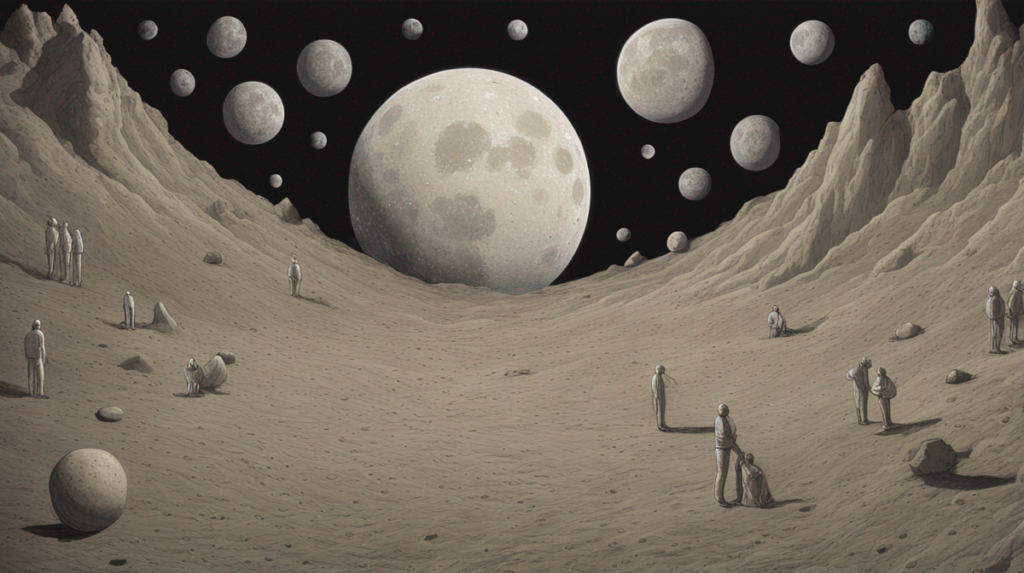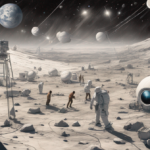
When we gaze up at the moon with naked eyes, we observe only one side of it. This is its ‘near side’, while the hidden half is the ‘far side’ or the ‘dark side’ of the moon. However, it’s not just its physical attributes that make it fascinating, but also its potential implications on our health. Let’s dive into the fascinating connection between the Moon and health.
The Cosmic-Health Connection: Unveiling the Secrets
Space exploration gives us insights about the cosmos’ influence on our health. Living organisms on earth, including humans, are shaped by natural elements like gravity, sunlight, magnetic fields, and even cosmic bodies like the moon. Our evolutionary path was paved in these contexts and not understanding them could mean missing a crucial piece of our health puzzle.
The Lunar Cycle and Human Health
Research has repeatedly hinted at the links between the lunar cycle and certain aspects of human health and behavior. For instance, sleep quality seems to deviate during full moon periods, according to a study published in Science Advances.
Some researchers also speculate about the possible influence of lunar cycles on human fertility, though findings are still inconclusive and heavily debated. A comprehensive review, published in the Acta Obstetricia et Gynecologica Scandinavica, collected various studies attempting to establish a connection between human menstruation and lunar cycles, but the evidence remains contradictory.
The Far Side of the Moon: A New Window to Explore
The far side of the Moon, barely studied compared to its near side, holds potential for new discoveries that might influence our understanding of cosmic-related health phenomena. Future missions to explore this hidden half may offer clues about the Earth’s early history and, by extension, early human evolution.
Through the Looking Glass: What We Might Find
Exploring the far side of the Moon could possibly reveal new aspects of lunar influence on human health. There could be significantly different mineral compositions or lunar dust characteristics which might influence lunar brightness or the spectral quality of reflected sunlight reaching Earth, potentially affecting human biological rhythms.
Practical Application: How Can We Harness This Knowledge?
While cosmos-related health research is still a growing field, it’s never too soon to incorporate existing knowledge into practical health tips:
Moon-Inspired Sleep Hygiene
Mindfulness of lunar cycles could inform sleep hygiene practices considering that the bright light of a full moon might disrupt sleep. Blackout curtains, sleep masks, or adjusting bedtimes could be beneficial.
Unlocking Lunar Calmness
Adopting moon-related practices such as lunar yoga, that align your movements with the lunar cycles, might help capitalize on the calming influence of the moon and improve mental health.
Join the Debate
Understanding the influence of the far side of the Moon on our health is undeniably an intriguing field. While research might not provide solid conclusions yet, it’s crucial to follow the debates and stay open to new findings that could unlock more secrets about our cosmic neighbors and their influence on human health.
Last modified: 30 November 2023


















